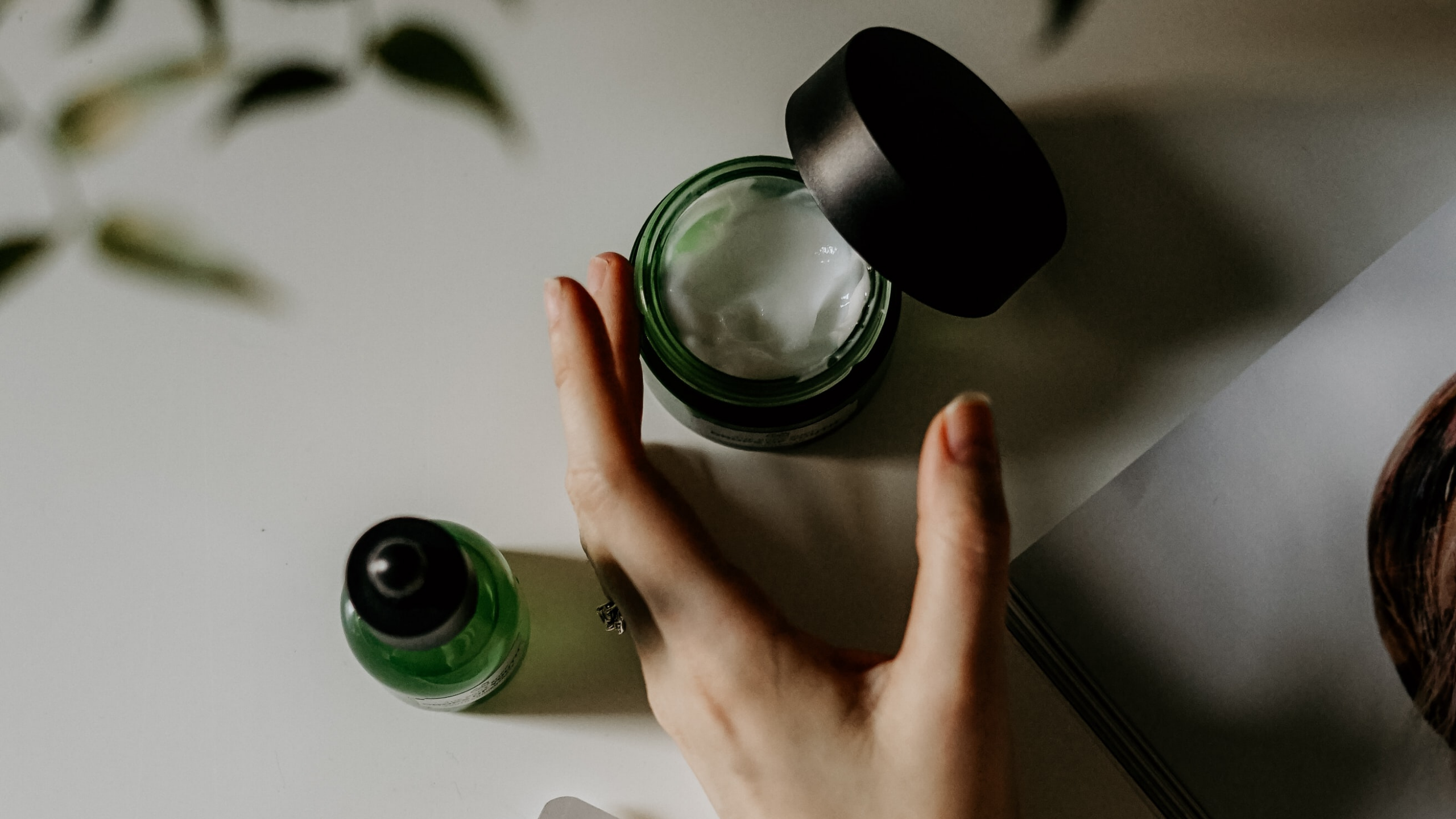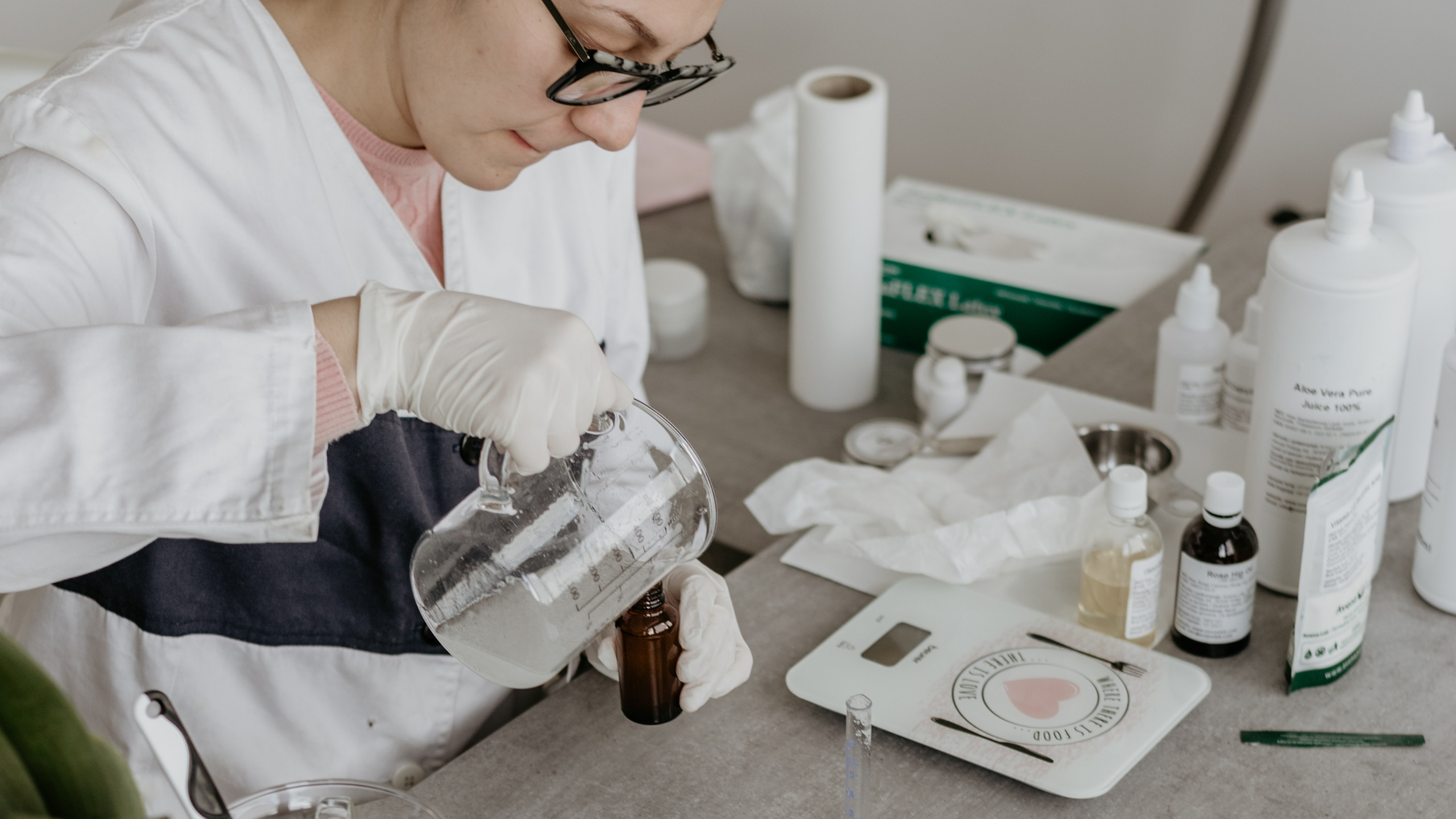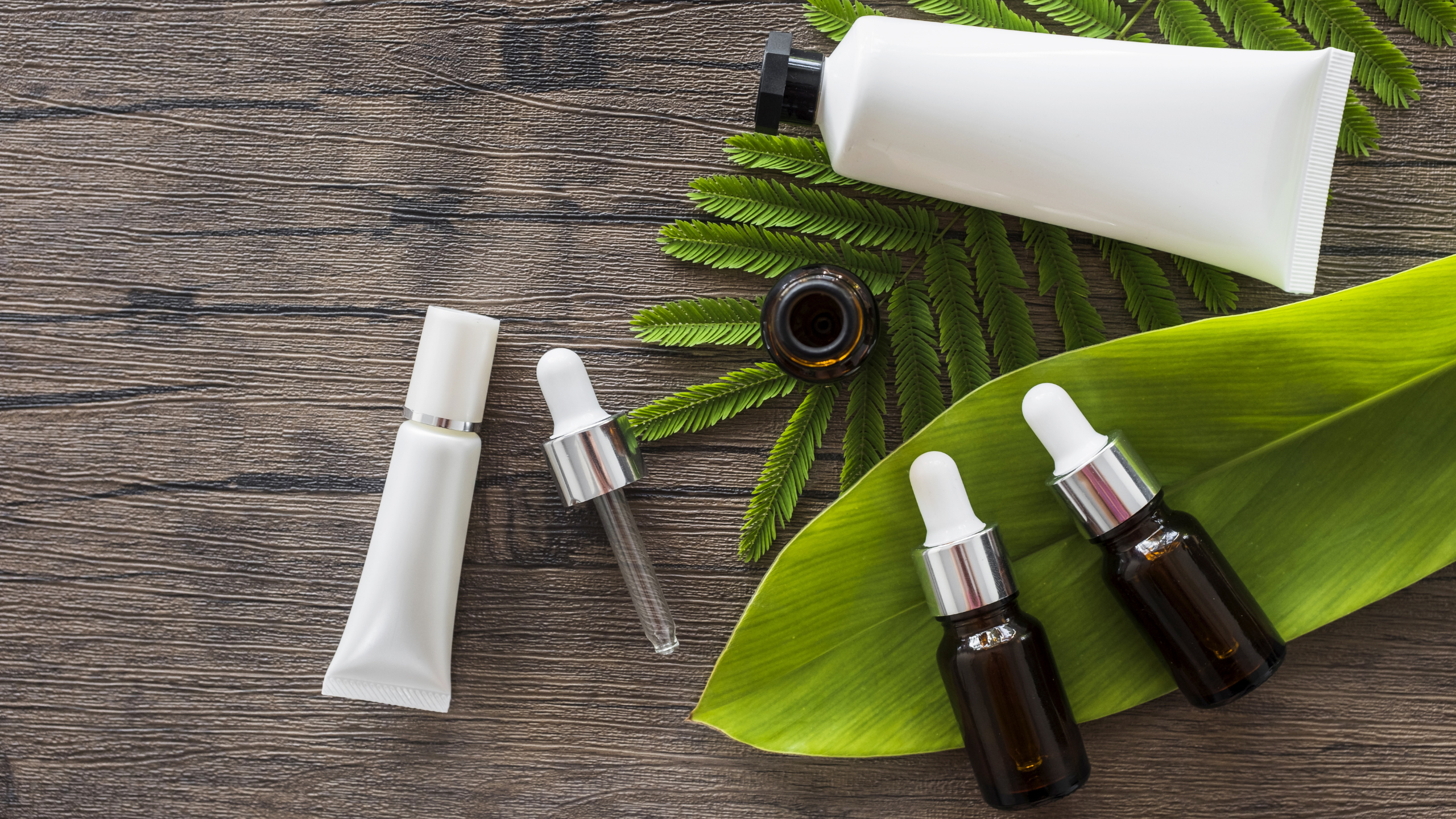In recent years, in addition to the trend for natural cosmetics, there has been a growing interest in preparations whose packaging declares that they will take care of the skin’s natural microflora. Alongside those declarations, there often appear words such as probiotic, prebiotic, synbiotic, and increasingly often also postbiotic. What do those actually mean? Are those raw materials that are truly effective, and is it worth paying more for preparations that contain ingredients regulating your microbiome?
The skin is your largest organ – the basic barrier against harmful external factors, pathogenic bacteria and viruses. Exposed every day to UV rays, polluted air, oxidative stress, abrasions and irritation, your skin’s defense mechanisms and hydrolipidic layer can be disturbed. In addition to the five layers that make up your epidermis (basal, spinous, granular, clear, and horny), a sixth layer is more and more talked about, namely, the one composed of the bacteria that live in symbiosis with your skin. It’s called the microbiome layer. Symbiotic bacteria are those that not only don’t cause any diseases on your skin but also prevent them by ‘keeping in check’ any pathogenic microorganisms that, in excess, might cause specific inflammatory conditions such as certain types of acne, micro-damage, or cracking. When your beneficial microflora is disturbed (thrown off balance, where this balance is called homeostasis), the pathogenic microflora multiplies and causes specific dysfunctions. Disturbance of microbiological homeostasis on your skin may be caused by overly aggressive washing agents, too many preservatives in cosmetics, improper diet, polluted air, stress, and damage to the hydrolipidic barrier of the epidermis.
The term “probiotics” may be better known from dietary supplements, usually taken during an antibiotic therapy. This is necessary due to the fact that antibiotics rid the body not only of pathogenic bacteria but also of those that are essential for its proper functioning. When taking antibiotics, your symbiotic bacteria are less numerous than normal, so fungal overgrowth may occur and cause very dangerous disease entities. This is why, in addition to the microflora found inside the body, people have started paying attention to the one found outside, i.e., on the skin. A human being’s first contact with beneficial microorganisms takes place during birth, especially natural birth. It has been proved that the composition of the microbiome of newborns born this way and those born by caesarean section differs significantly. A correlation has also been observed where babies who were not naturally born were more prone to diseases such as atopic dermatitis and allergies. Using products that contain probiotics most importantly increases the natural immunity of the skin by regulating the beneficial bacterial flora that does not allow pathogens to multiply.
It is estimated that each cubic centimeter of skin is home to an average of one million bacteria. Diversity of those microorganisms depends on many factors such as age, gender, race, or location on the body. The greatest diversity of the microbiome is found on newborns, where it depends on the kind of birth and the mother’s health. With age, this parameter stabilizes and varies only depending on the location on the body. Different bacteria inhabit places where there are many sebaceous glands (back, forehead, chin, feet), and different ones where there is more moisture, i.e., armpits, groins, the areas between toes and fingers.
What exactly is the difference between probiotics, prebiotics, synbiotics, and postbiotics?
The WHO/FAO define probiotics as “live microorganisms which when administered in adequate amounts confer a health benefit on the host”. The most common bacteria are those of the genera Lactobacillus, Bifidobacterium, and Bacillus. To have a positive effect on human health, they must be administered as live bacteria, however, in cosmetics this is not always possible for technological reasons. Adding live bacteria to a cosmetic product may result in its destabilization due to their uncontrolled multiplication. There may also be problems when testing the effectiveness of preservation, because the preservative may be too weak with such an amount of live bacteria in the product. But if it’s important to the manufacturer that bacteria be added, they can be introduced into the cosmetic in the form of lysate (dead but still active cells and their fragments) or tyndallized bacteria (bacteria deprived of the ability to multiply). Raw materials prepared in this way are biologically active, but minimize any undesirable technological problems.
According to the WHO/FAO, a prebiotic is a “nonviable food component that confers a health benefit on the host associated with modulation of the microbiota”. Typically, they are complex sugars that are not entirely digested and are selectively metabolized by bacteria in the large intestine. In simpler terms: they are food for your good bacteria allowing them to grow and multiply better while maintaining the microbiological homeostasis of your body. The most common prebiotics in cosmetics are: inulin, fructose, and other poly- and oligosaccharides.
Synbiotics are probiotics synergistically combined with prebiotics, giving you the perfect package of bacteria and their food. However, due to the fact that live bacteria cannot be put into a cosmetic, this combination works best in dietary supplements.
Postbiotics – one of the newer terms emerging in the cosmetics industry and cosmetology. These are the substances produced by microorganisms with direct or indirect health-improving effects. They include fragments of bacteria, their metabolites and enzymes produced usually in the process of fermentation. More and more research is published suggesting that it is the metabolites of probiotic bacteria that are responsible for their positive impact on health.
Until recently, the concept of bacterial microflora of the skin was most prevalent in intimate hygiene products, where pH regulation and nourishment of lactic acid bacteria were often mentioned. The same was also true for hair products, where the scalp struggled with dandruff caused by the presence of pathogenic yeasts. Currently, the packages of more and more products declare that they are harmless to your skin’s natural microbiome, which allows us to conclude that manufacturers are following the trend. And let’s remember that any declaration of protecting the microbiome must be confirmed by appropriate tests that can be carried out in accredited testing laboratories.
Year after year, the number of cosmetics that contain raw materials supporting the microbiome is growing. Even if a preparation is not strictly aimed at balancing the skin microbiome, its composition very often includes raw materials that work probiotically or prebiotically, due to their versatility. It is worth enriching cosmetics at least with prebiotics, since these usually aren’t expensive yet can significantly improve the product’s performance. Face cleansing and care cosmetics can be enriched with probiotics or postbiotics derived from the Lactobacillus bacteria, which are helpful in the treatment of acne, soothe redness and dryness, and reduce the irritating effect of surfactants used in a product. For intimate hygiene products, the Lactobacillus acidophillus bacteria and metabolites will work best since they maintain the appropriate pH of the intimate areas thus supporting natural resistance to any pathogenic bacteria and fungi. More and more often, raw materials from this segment are added also to deodorants and antiperspirants due to their ability to help break down bacterial metabolites responsible for unpleasant odors. Some of the raw materials based on the mild xylitol (a prebiotic) have been proven to reduce sweat odor comparably to the very strong triclosan that raises many safety concerns.
The trend for balancing the skin’s microbiome is getting stronger and, therefore, better researched. With various skin dysfunctions such as acne, contact allergies, or atopic dermatitis, it’s worth looking for specialized products that contain properly selected strains of bacteria and their food. Such cosmetics will help to rebuild the natural microbiome and regenerate the hydrolipidic layer of the epidermis, thanks to which the skin will be able to regain a healthy look.
Anna Kuczyńska
Technologist





